I found myself amidst the living, breathing exhibition of street style that is Los Angeles, a style that I think is best described as an unmistakable blend of deferential to the past with a sharp and contemporary edge. Beyond these labels, urban fashion exists because it is both a necessity and an option afforded to the element of self-expression that may be inherent in all of us. Head down to the city’s underground-formerly debased, now revitalized-urban scene, and you’re just as likely to see some kid rocking a thrift-store find as you are to see one of the Mercedes of the fashion world.
And this is where you can see some of the most fascinating seconds of the fashion vernacular. While I was exploring the eclectic neighborhoods of London on a brief business trip, I attended a street fashion presentation in Shoreditch, where the work of nascent designers like Martine Rose and A-COLD-WALL* was shown. Here, one truly felt the influence of street culture on the clothes.
Models walked the runway in deconstructed silhouettes, asymmetrical cuts, and audacious fabric combos that dared to challenge conventional wisdom. I was especially taken with a pair of trousers A-COLD-WALL* had made that incorporated such “functional” (but rarely seen) details as zippers and cargo pockets. Street style, with its unparalleled mix of high-low, global, and local references and its unerring pulse on youth culture, is shaping the very notion of “the fashion narrative.”
On my path to a late dinner in Soho, New York, I came across a pointed scene that made this global dialogue hit home: a famous streetwear photographer was focused on capturing the essence of everyday New Yorkers—his models, if you will, for the art of personal style.
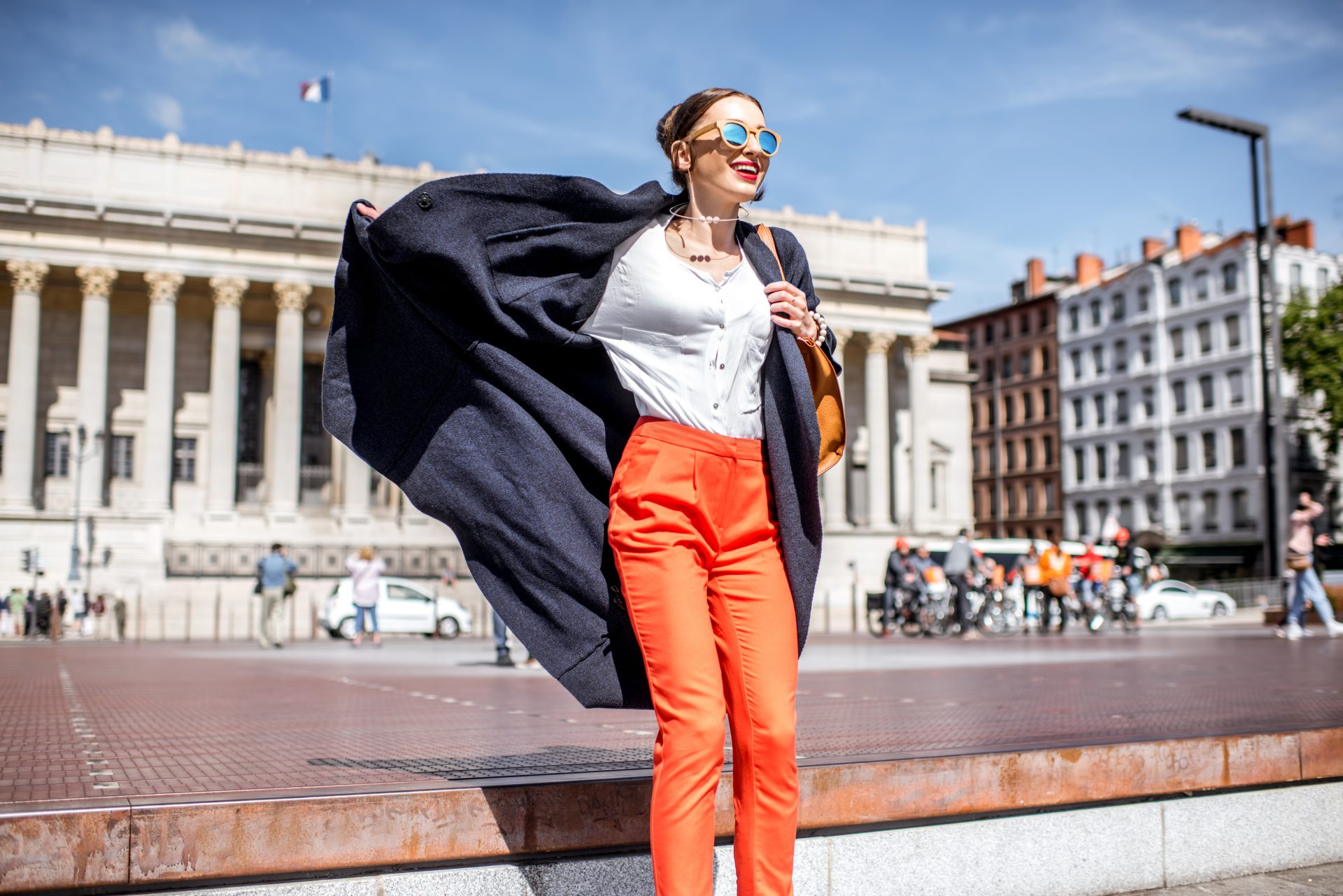
The work that goes into some of the looks I happened to catch made them stand out even more. They felt like performances of and for personal style. Indeed, the city itself is a runway, and each of us can be—and is, by the very act of stepping out—an artist working on our next canvas of urban style.
Speaking with local contemporary artists only heightened my esteem for this lucky occurrence. At a coffee break in a buzz-filled café in Brooklyn, I had the privilege of words with a stylist who has dressed the likes of and under the radar both. He remembered when, not long before, he had teamed up with a certain streetwear brand—one with roots in the subcultures of East London, as it happens—to make a certain limited-edition bomber jacket.
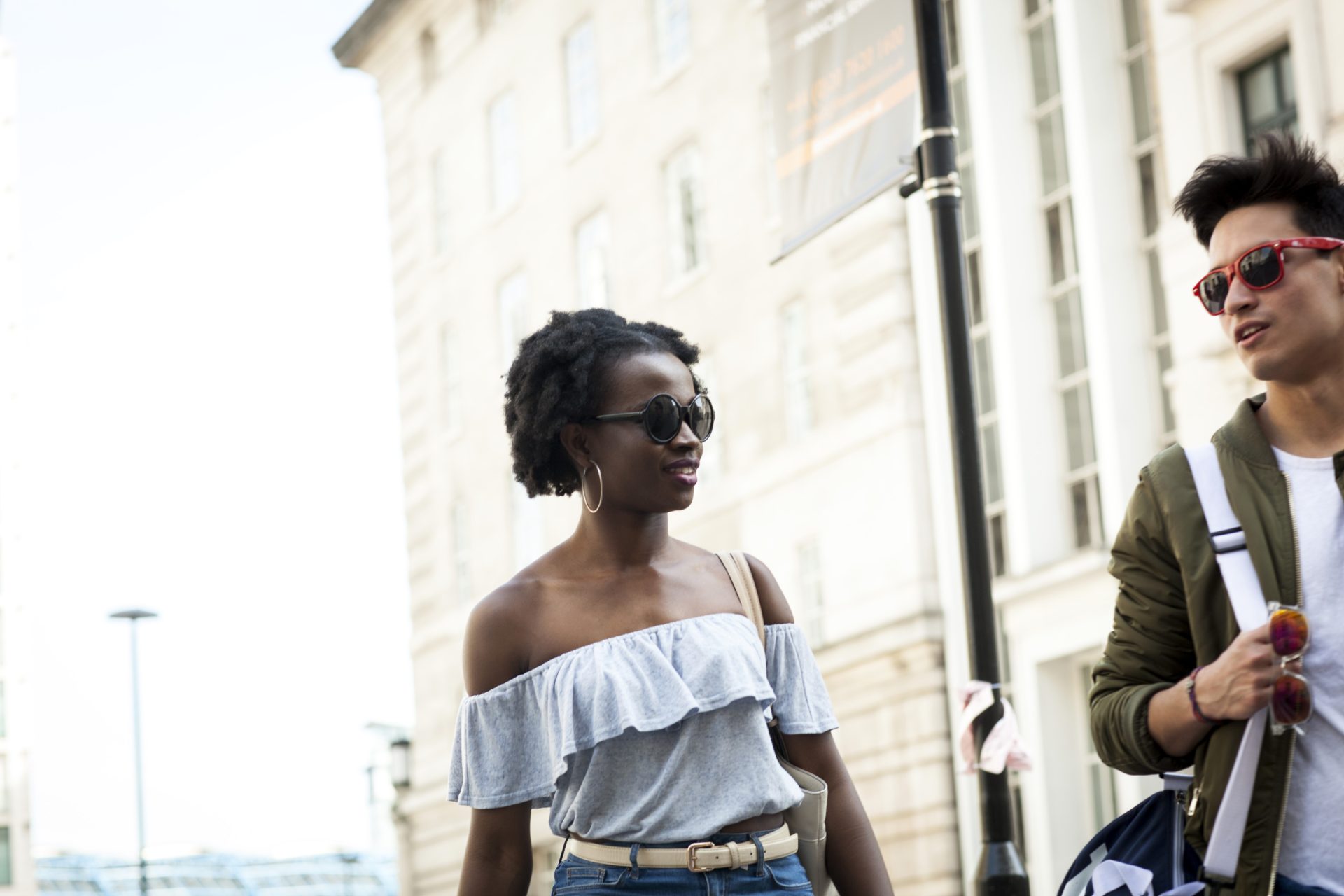
That bomber jacket, according to my friend, had quickly become a “cult favorite” among certain circles and with people who straddle the line between “high” and “low” fashion. “It’s about authenticity,” he said of the phenomenon we’d both noted, echoing the day’s earlier events. “Street style is way less about trends than it is about clear, personal statements.”
I uncovered another side of this international style conversation in Tokyo.
When I attended a fashion pop-up in Harajuku, I got a front-row seat to see how Japanese designers put their unique spin on what we think of as street style. For the designers I was seeing, like Comme des Garçons and Undercover, “street” is everything that happens outside of the traditional hierarchy of fashion. It’s the uncharted territory of innovation; its fresh ideas are what we pay—quite literally—for a pop-up experience.
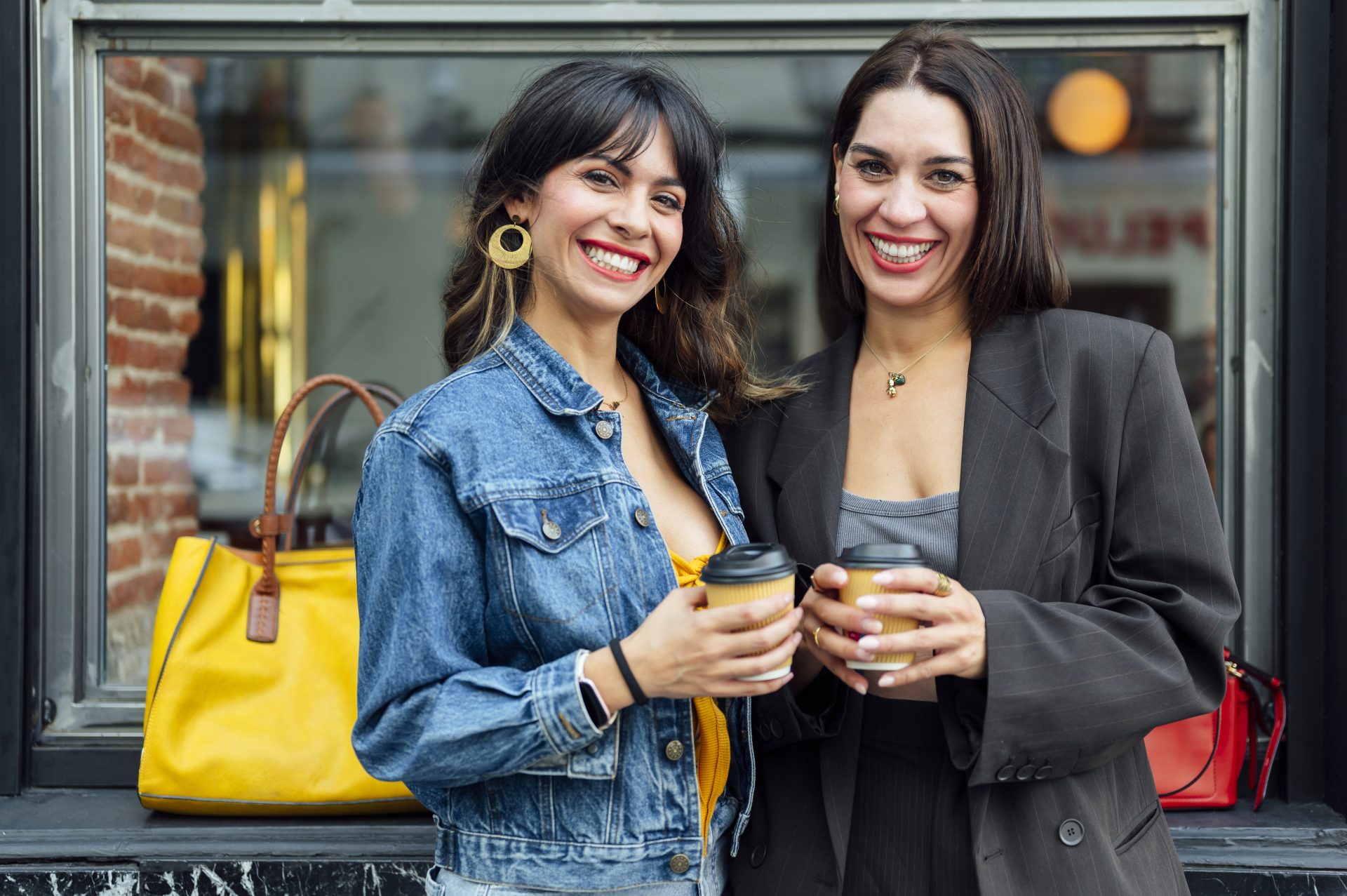
When I stepped into the Harajuku pop-up, I wasn’t just seeing a retail moment; I was experiencing cutting-edge design that, if we’re being honest, is too good for the streets. An unforgettable instance was seeing a young fashion blogger doing a live stream of her metamorphosis from a relaxed daytime outfit to a bold, nighttime ensemble—just a few flipped accessories and some vibrantly hued, statement-scarf detail from a Shibuya boutique, and she was off! It was in-the-moment creativity like this that made street style seem more about adaptability, less about a fixed standard of originality that everyone had to hit.
The global story is uniform: fashion is a living art form, one that’s continuously shaped by the wearers—each of us—who put it on every day. If you’re looking for a narrative that cuts across cities, continents, and cultures, that’s it. From the leathery, almost punkish vibe of Los Angeles, to the London look that’s all in for “refinement” and “experimentation,” to the sheer boundary-pushing innovation of Tokyo street style, all these places and their street-savvy citizens add to the fashion conversation.
And that’s not even half of it. The story of street style occupies a democracy where everyone can be a player, and the designers of street style are all around us. I attended an industry event in Berlin not too long ago, at which a panel of up-and-coming streetwear labels discussed how their designs are shaped by the urban environment.
The panelists are obviously passionate about their work, and it shows in how they talk about the streetwear métier. For them, streetwear is not just an design category; it is a living, breathing thing that draws heavily from the real world, from the panels’ own existence within the urban environment. They may be in the early stages of their careers, but the panelists—and streetwear as a whole—seem destined for greater things.
These experiences remind me that street style’s true essence is its ability to adapt, to be a moment-to-moment reflection and an indicator of what style might be in the future. It’s a fluid and ever-changing medium that allows all of us to contribute our own unique strokes, whether we’re well-known influencers, established designers, or just folks who live and work in the urban environment. Every interaction on the street, every moment photographed in a blur of “style seen,” gets added to the rich, real, and inspiring fabric of urban fashion—a fashion as close to the ground and therefore as real as the cities themselves.
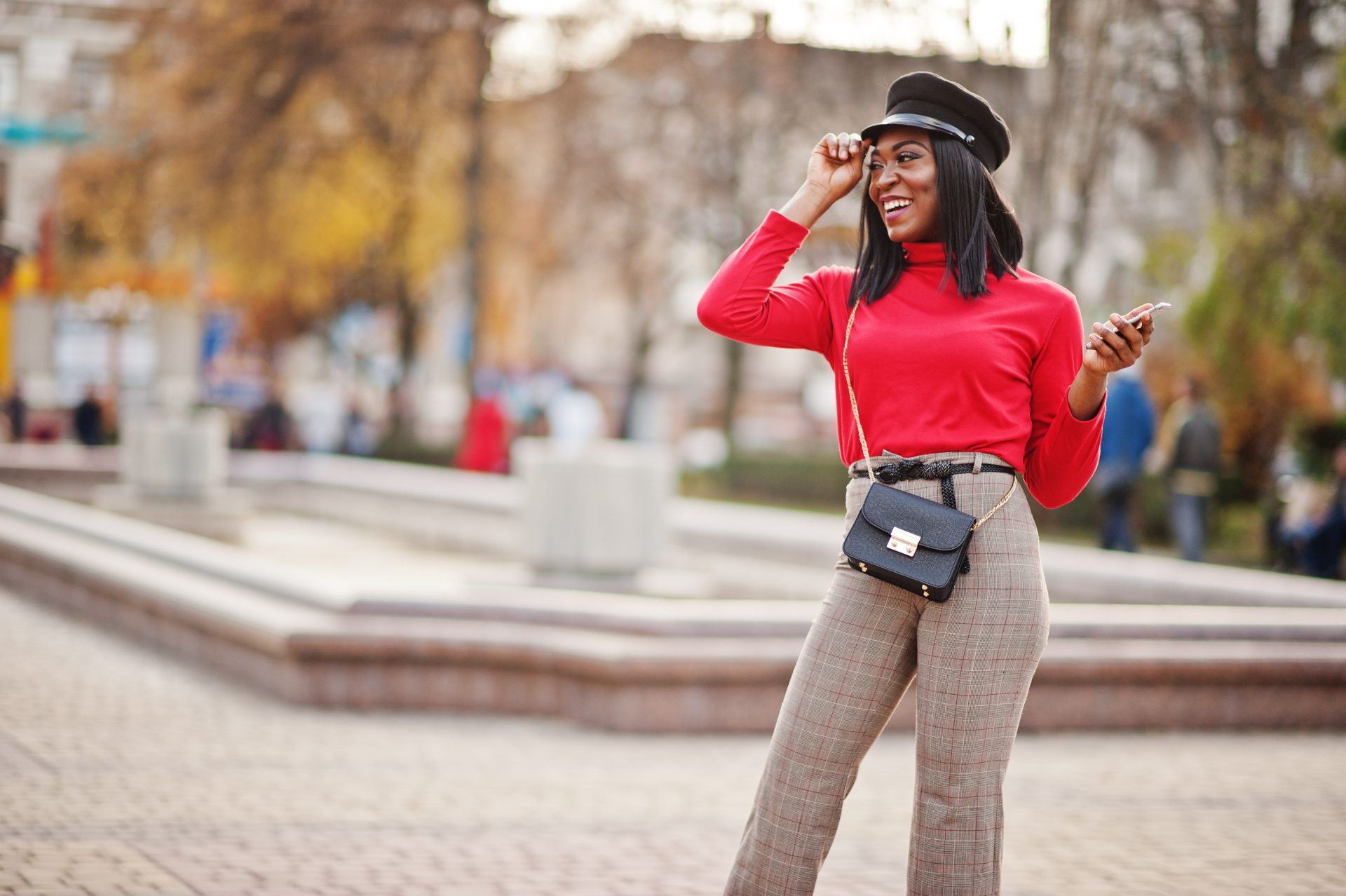

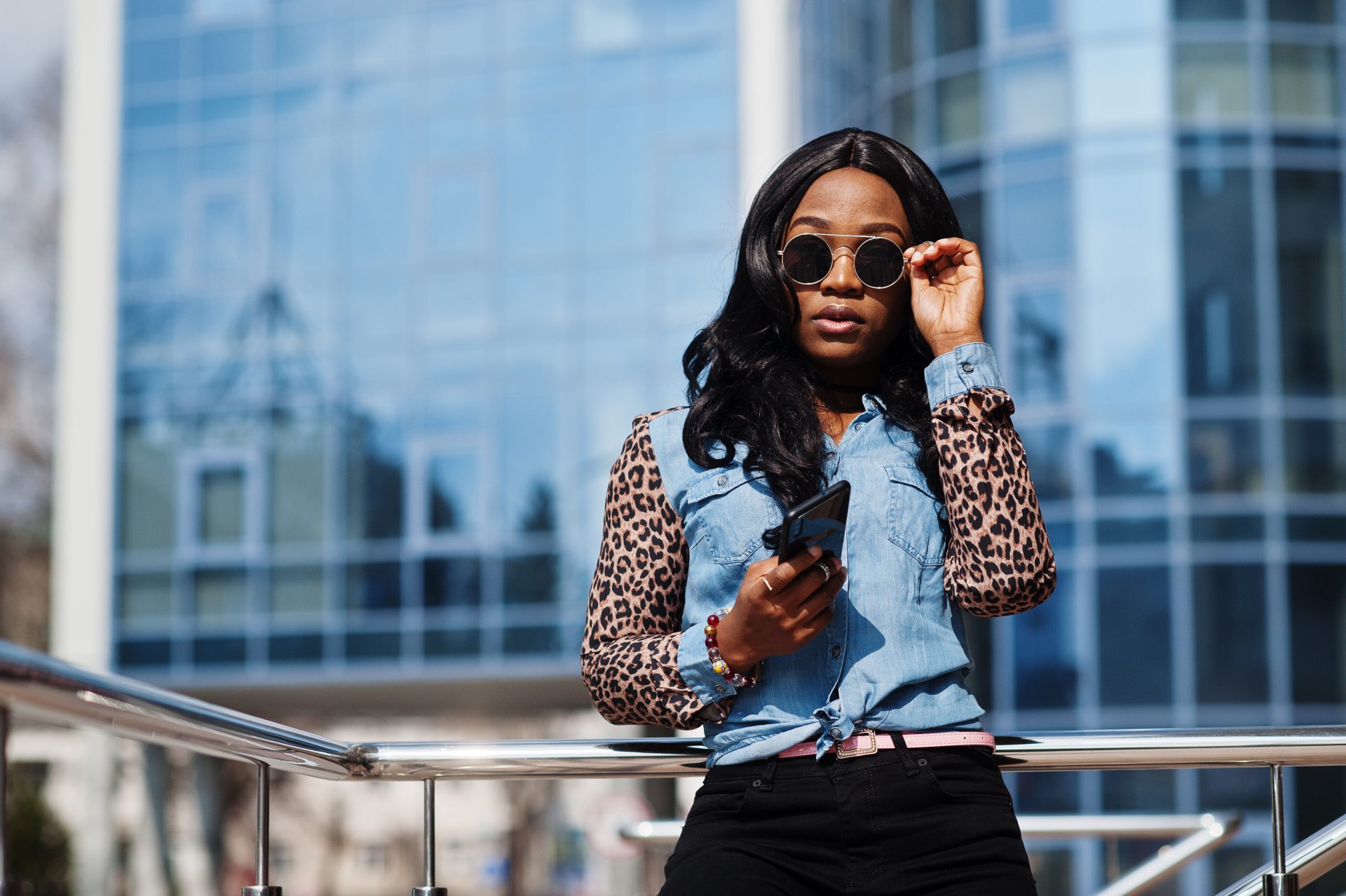
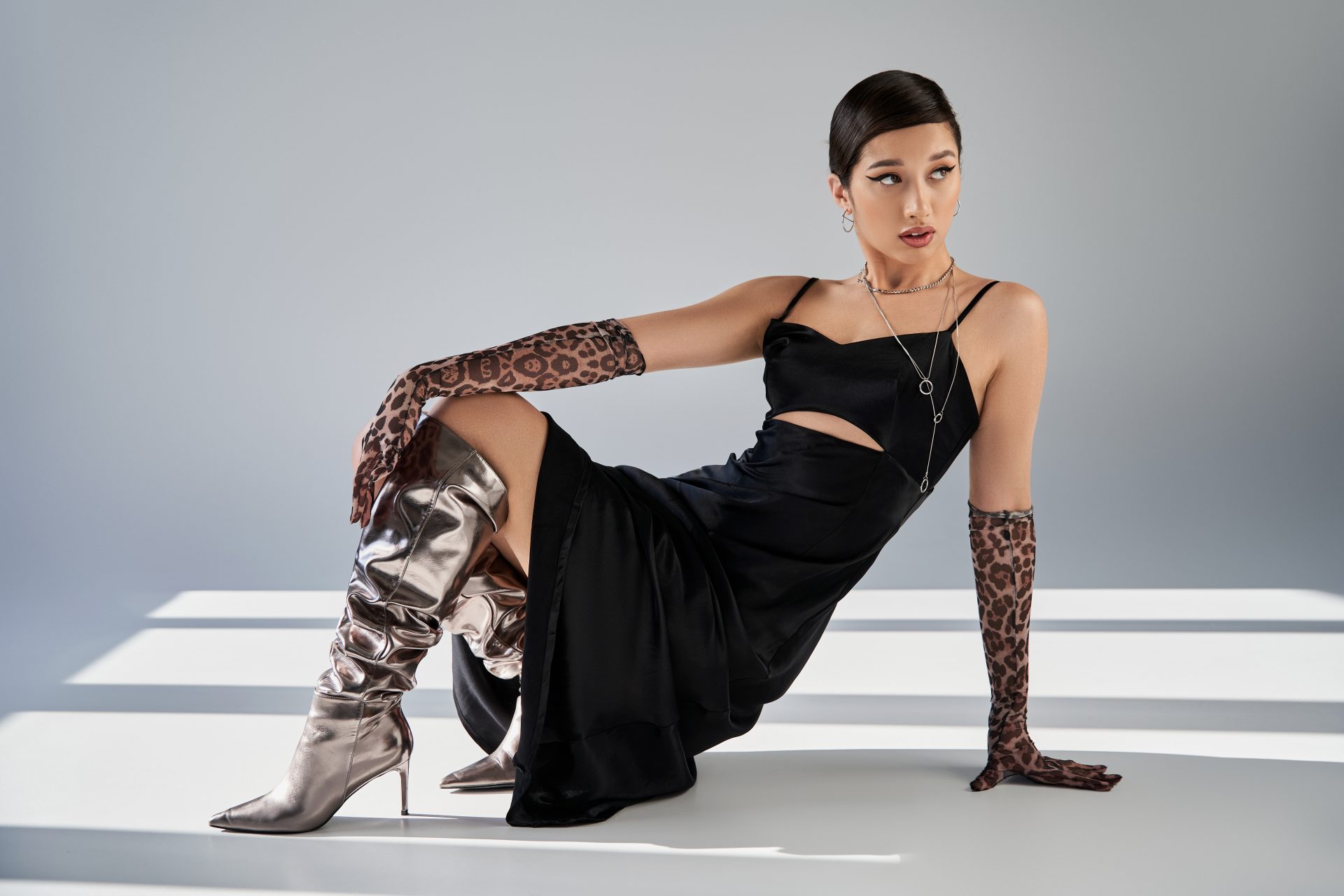
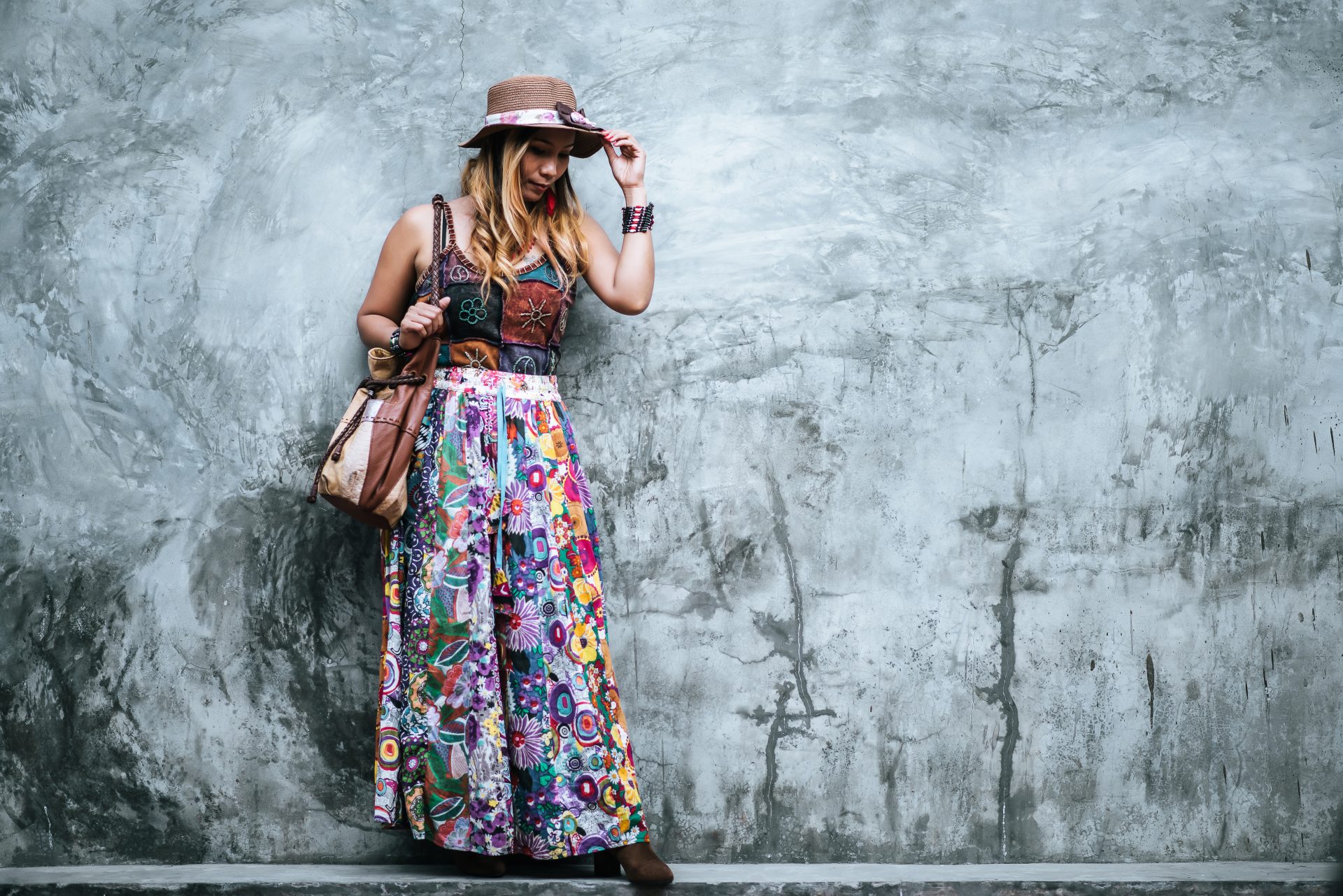
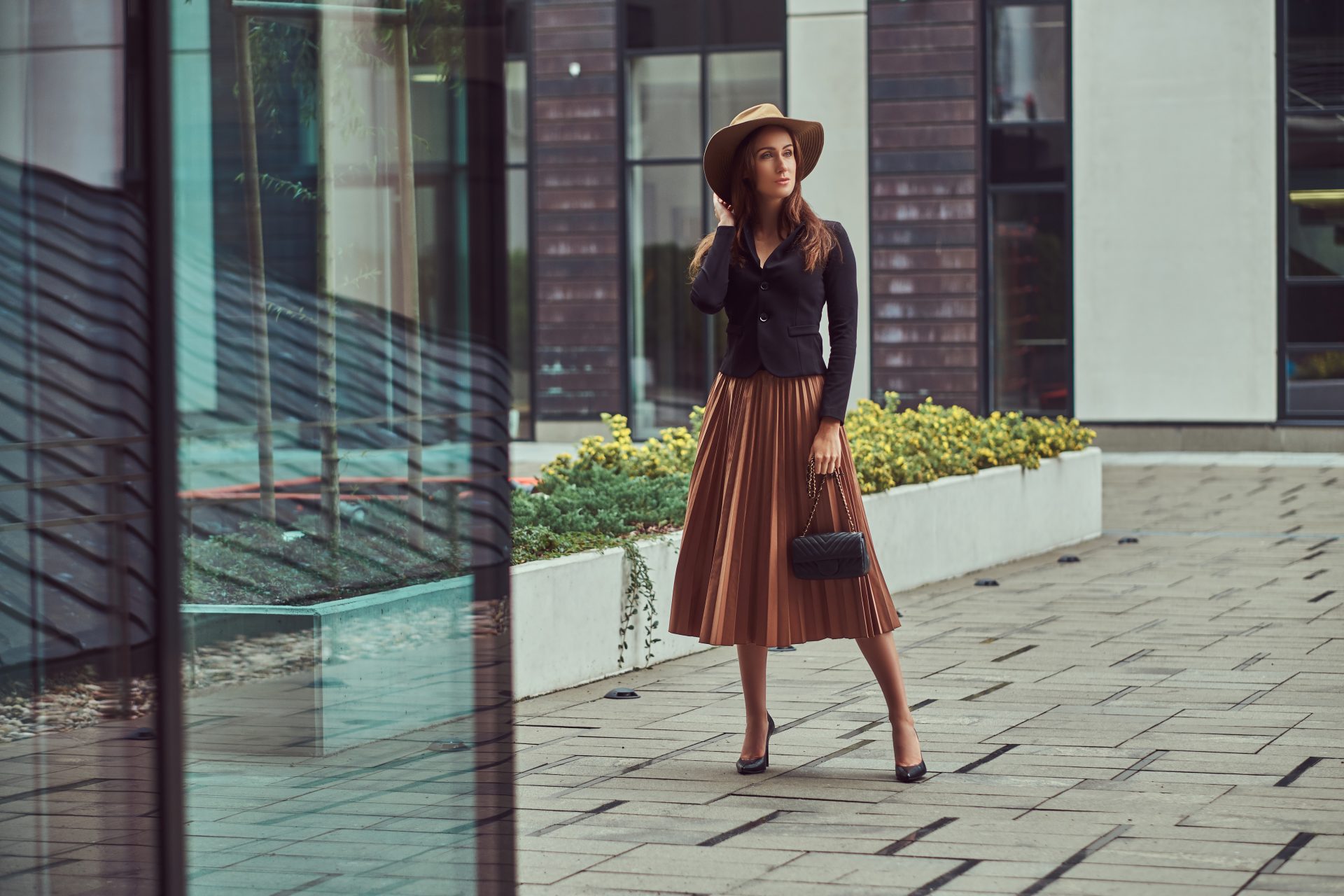

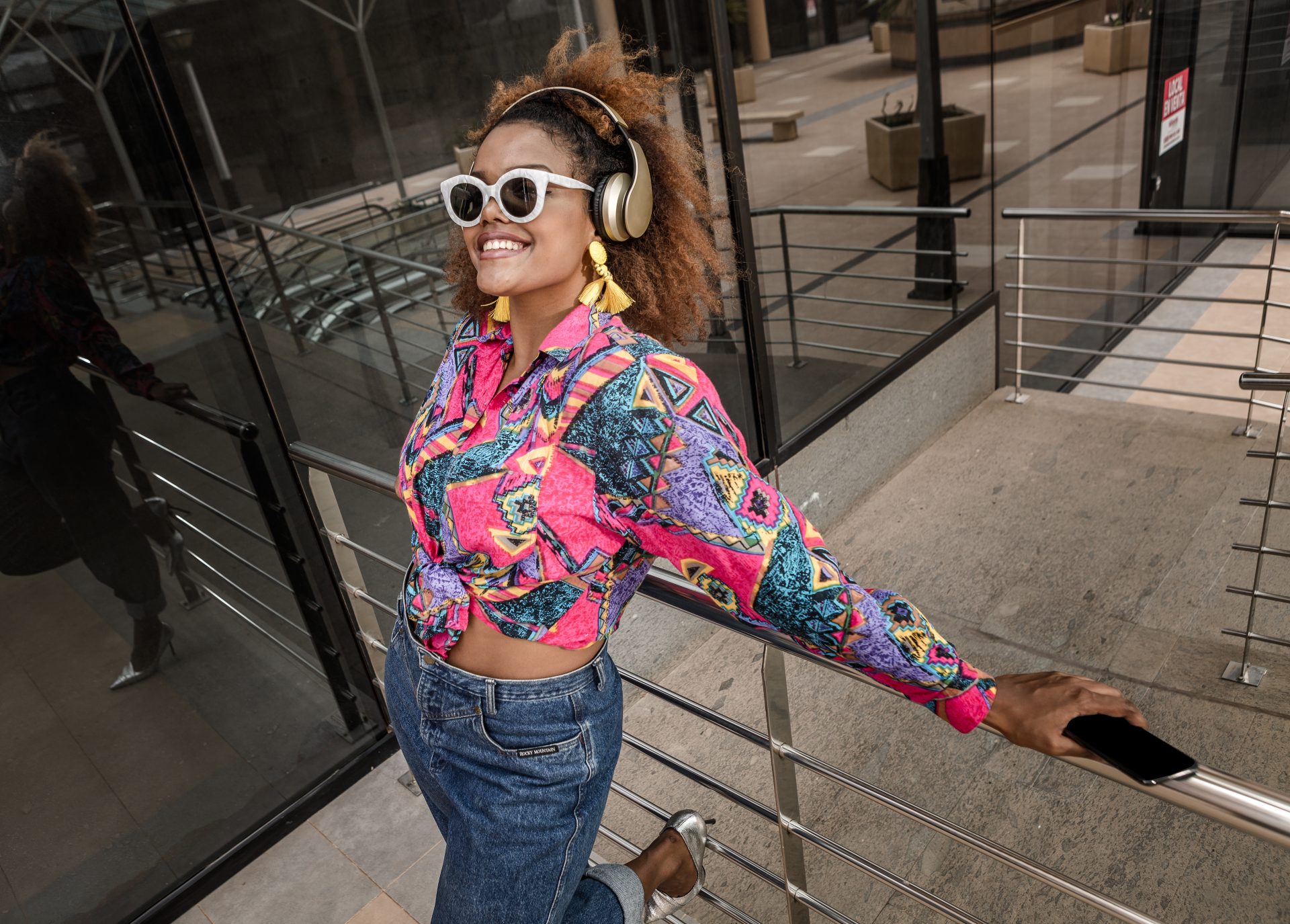
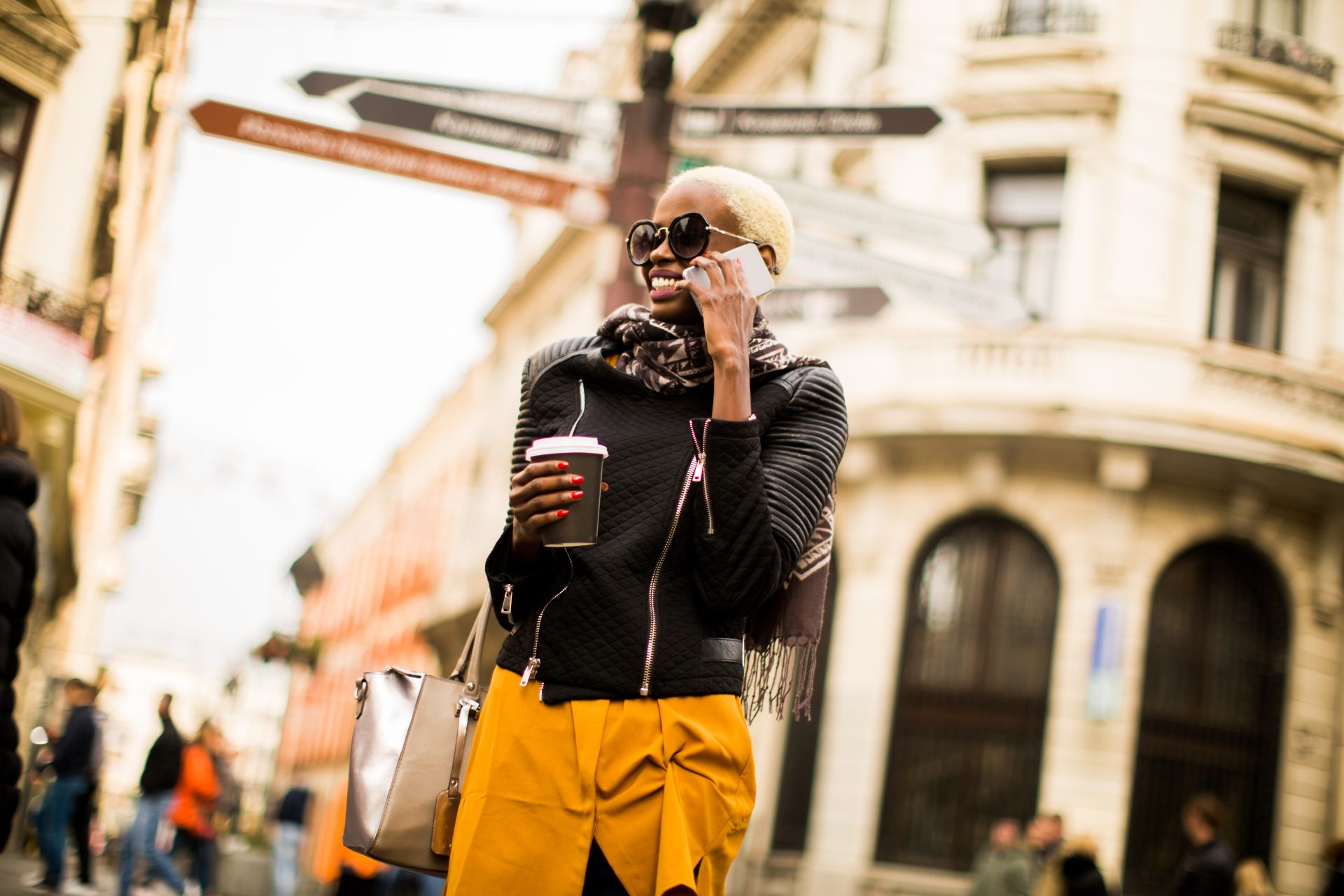
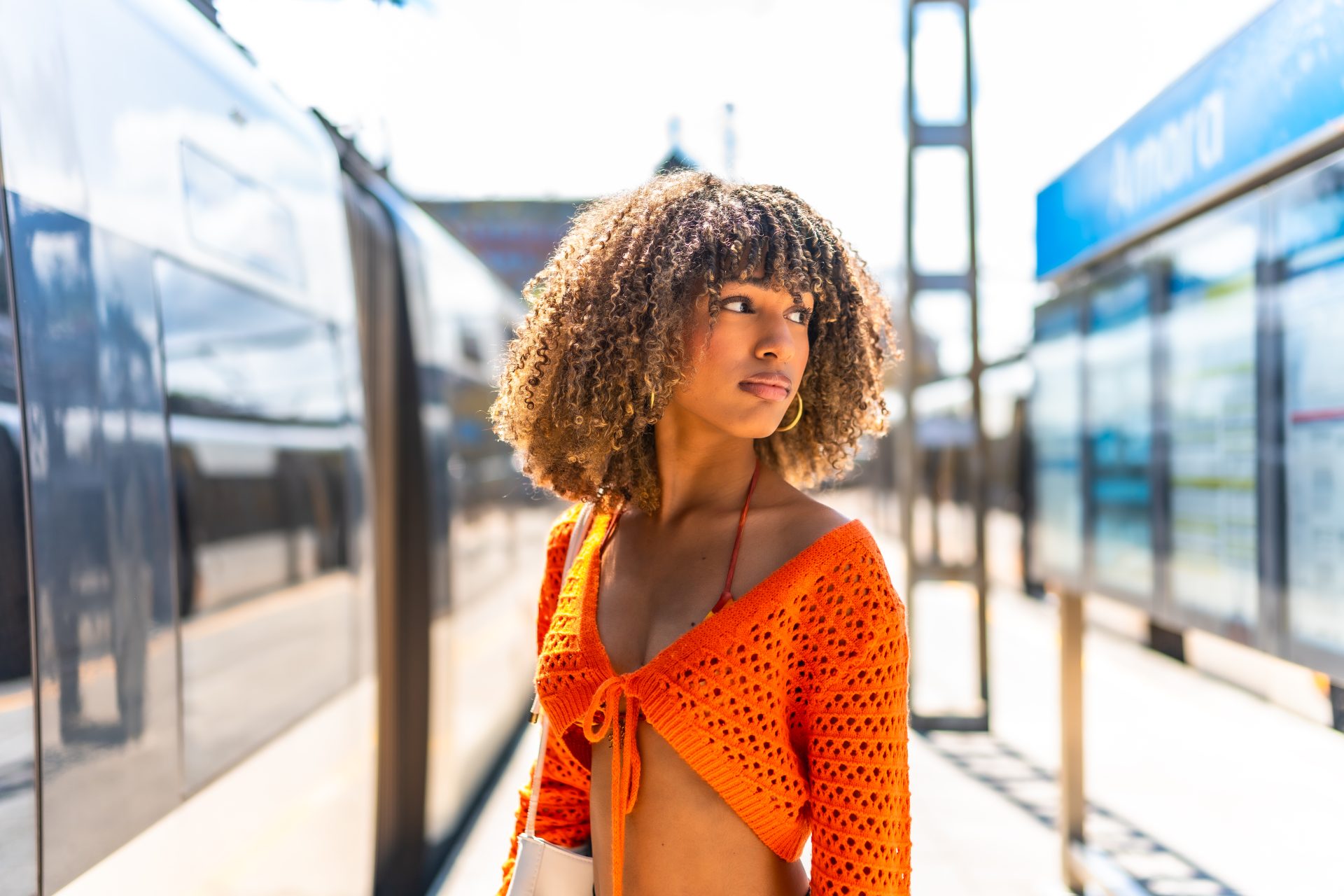

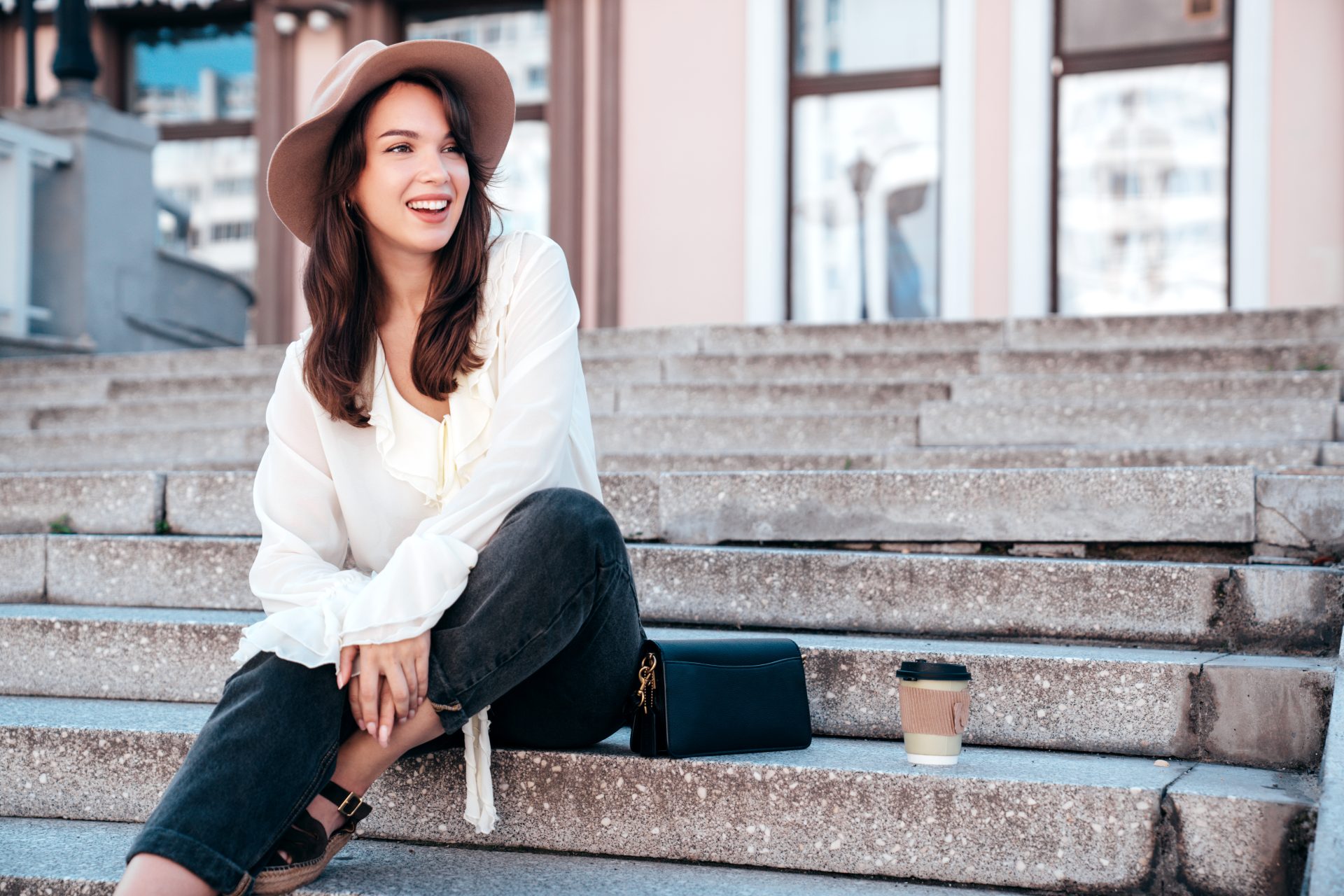

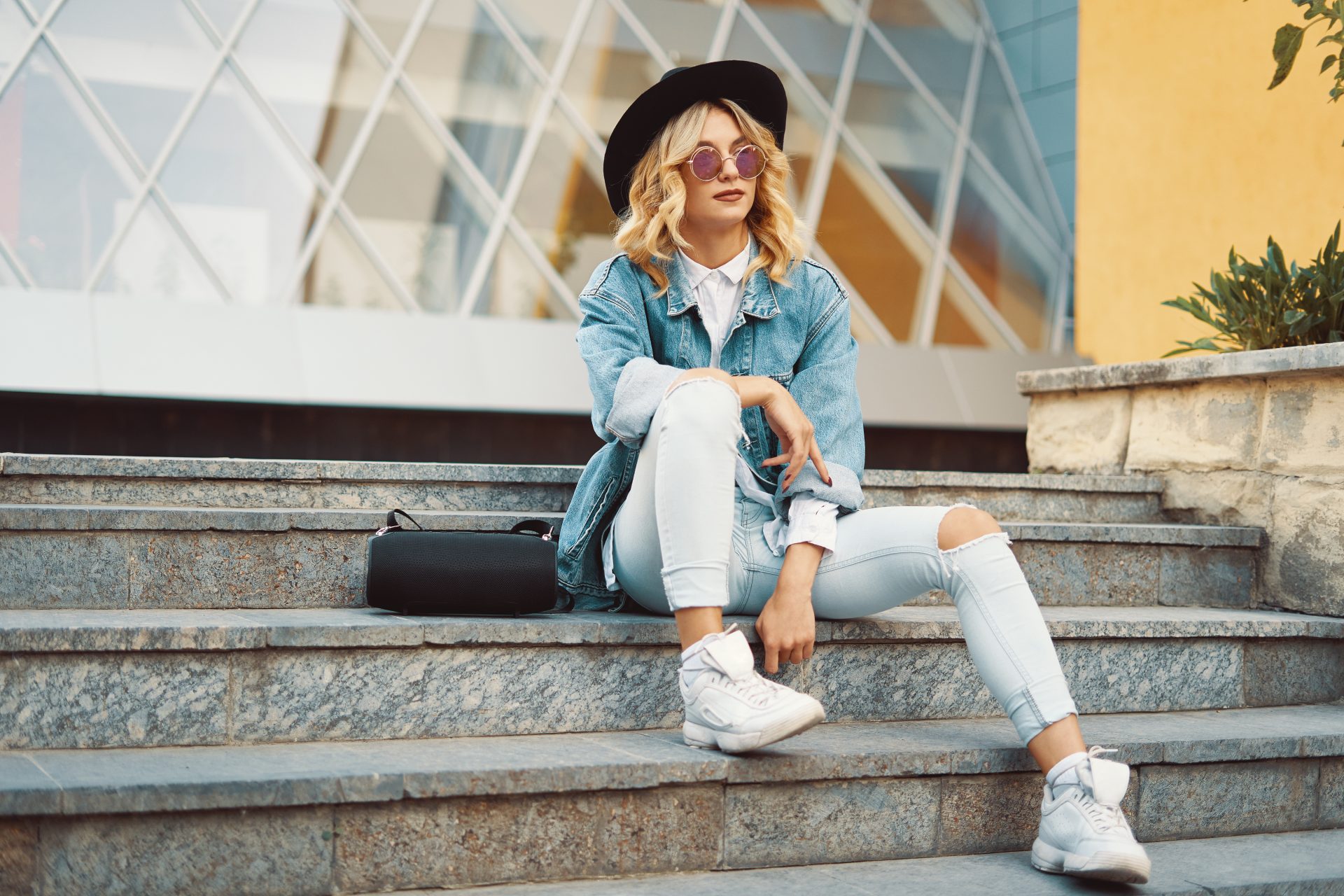



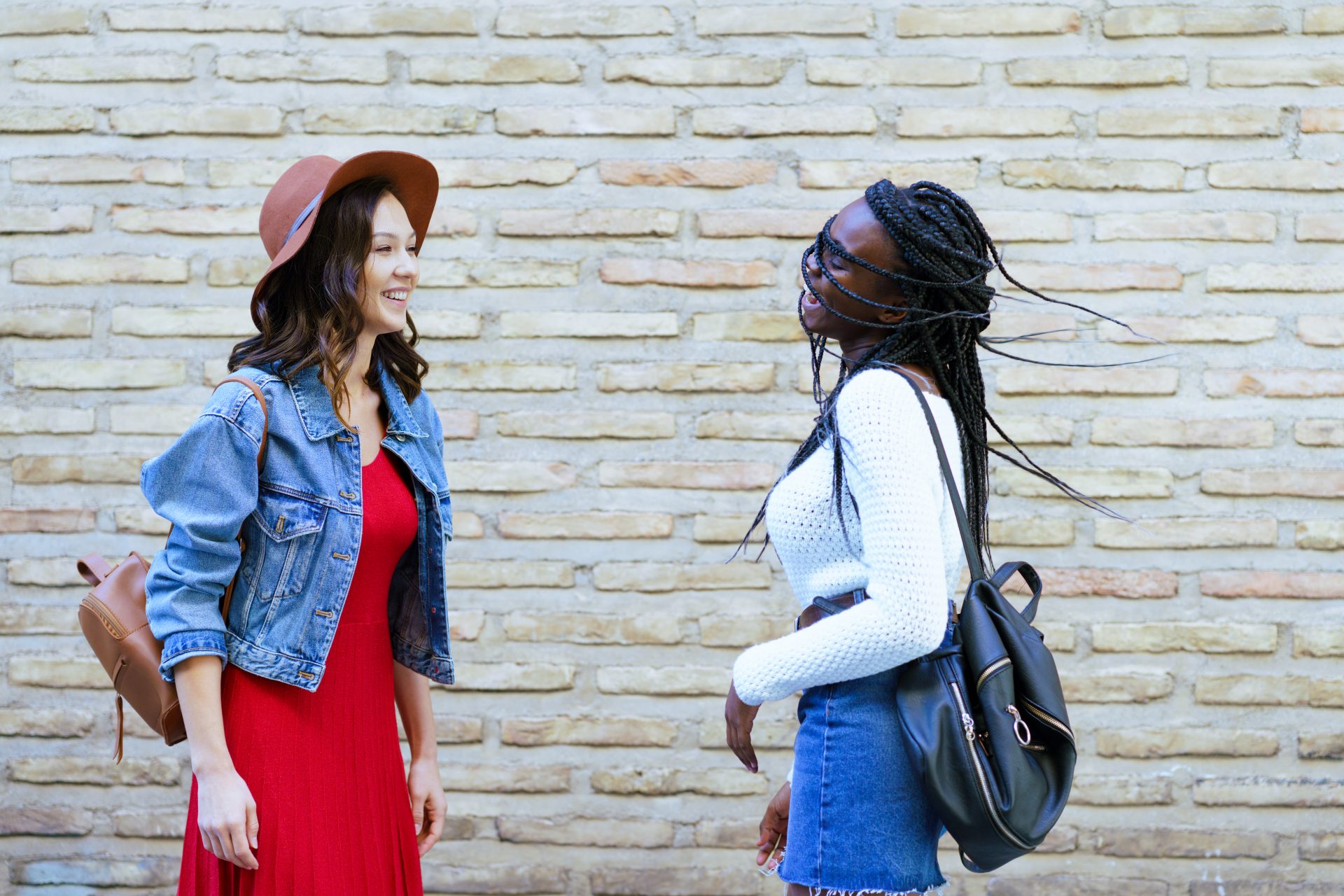
0 Comments